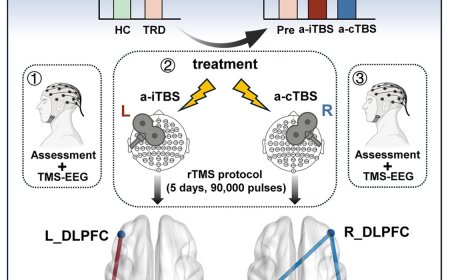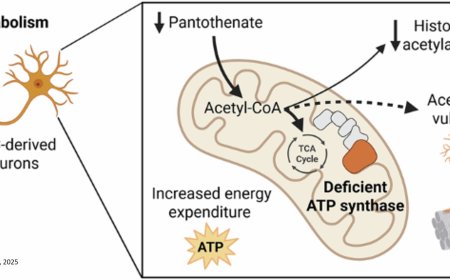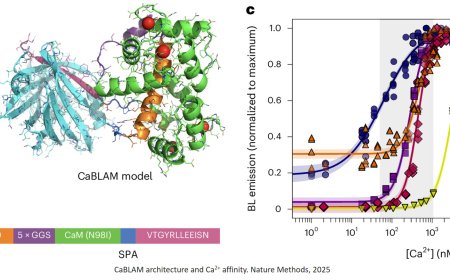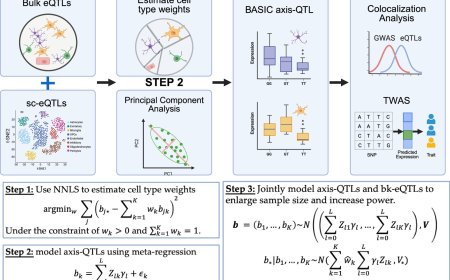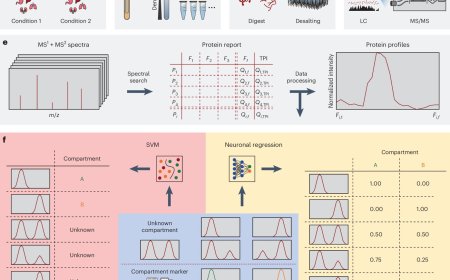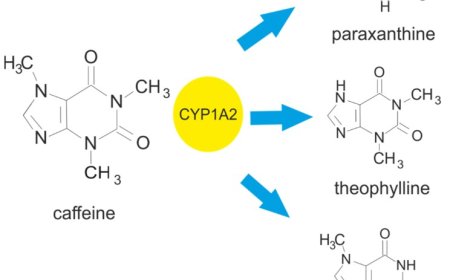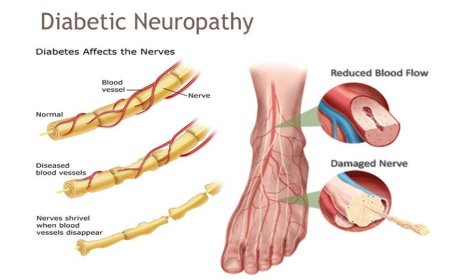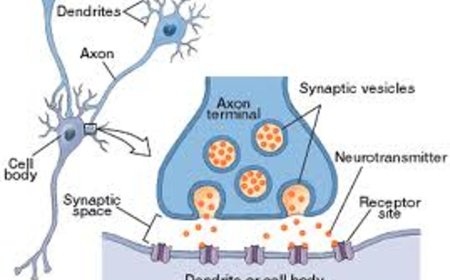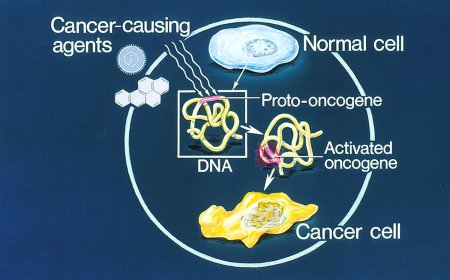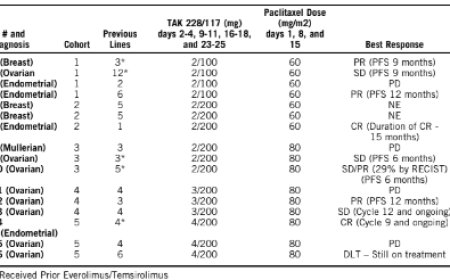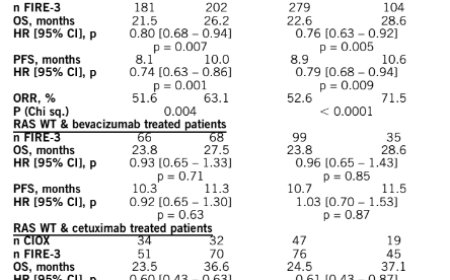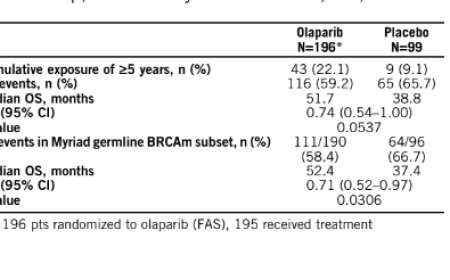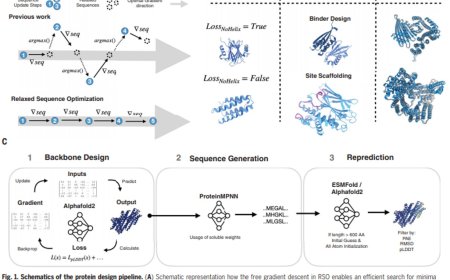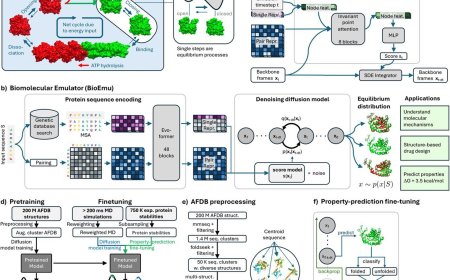New method developed for mapping protein binding to DNA
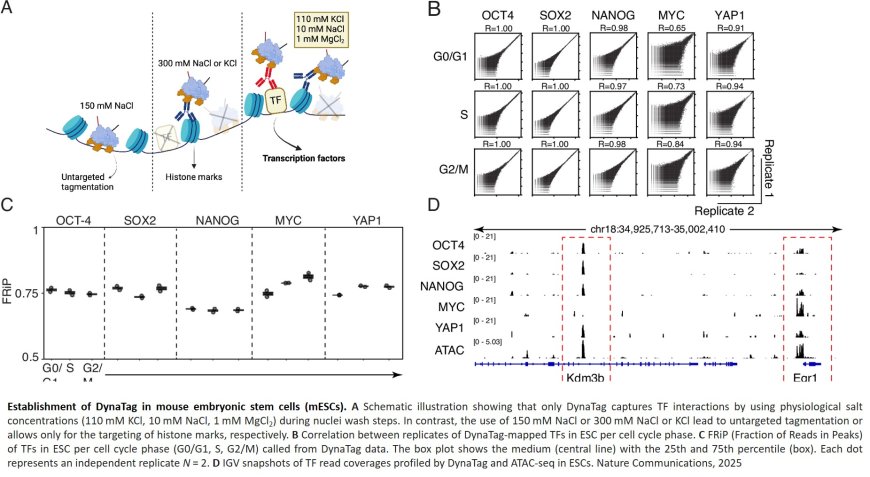
The binding of proteins to DNA is crucial for producing other proteins, ensuring that all the necessary processes in cells are performed, and for switching genes on or off. Proteins that bind to DNA are called transcription factors. Due to the dynamic interactions of transcription factors with DNA, it is difficult to determine where in the genome transcription factor–DNA interactions occur.
A research team has now developed the DynaTag method, which reliably identifies these interactions. If the cell nuclei are intact, DynaTag has proven effective with low-input samples and even at the level of the individual cell. The study ‘DynaTag for efficient mapping of transcription factors in low-input samples and at single-cell resolution’ was published in Nature Communications.
“DynaTag outperforms existing methods such as ChIP-seq and CUT&RUN in terms of sensitivity and resolution of results. The new method delivers high-resolution mapping of the DNA regions where transcription factors bind,” says the Principal Investigator and leader of the study.
In complex organisms such as animals with different tissues and cell types, it is difficult to identify where transcription factors bind to DNA in the genome. According to the researchers, this new method, which enables the analysis of single cells across various tissues, could therefore significantly enhance our understanding of developmental biological processes and disease mechanisms in physiologically relevant systems. In addition, the method can identify the activity of transcription factors in tissue samples. This is significant for clinical research, as tissue samples are routinely obtained from patients for pathological examination.
The researchers demonstrated the method’s advantages in a study on small cell lung cancer in a mouse model. The research group examined the binding of transcription factors in small cell lung tumors before and after the administration of chemotherapy.
“It had already been established that certain signalling pathways promoting resistance or metastasis are activated after chemotherapy in small cell lung cancer. However, it was not known which transcription factors regulate these signalling pathways,” says the atuhor.
“With the help of DynaTag, we were able to identify specific transcription factors that show increased binding to genes belonging to these signalling pathways after chemotherapy and are likely to promote further tumor growth.”
The researchers show changes in TF-DNA binding for NANOG, MYC, and OCT4, during stem-cell differentiation, at both bulk and single-cell resolutions.
DynaTag also revealed increased chromatin occupancy of FOXA1, MYC, and the mutant p53 R248Q at enriched gene pathways (e.g. epithelial-mesenchymal transition), following chemotherapy treatment.
DynaTag thus addresses a fundamental technical limitation and opens up new avenues for studying epigenetic regulation in health and disease – particularly in samples that are difficult to access or in rare cell populations.
https://www.nature.com/articles/s41467-025-61797-9
https://sciencemission.com/DynaTag-for-mapping-of-transcription-factors
